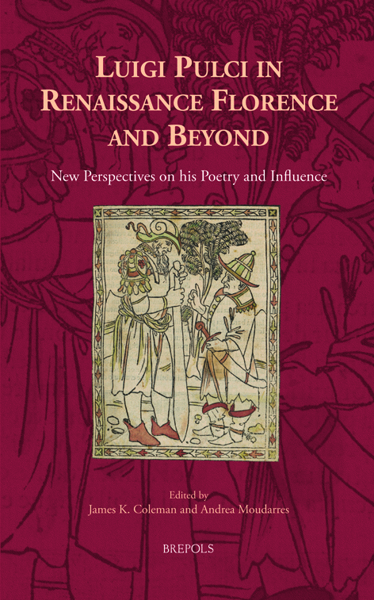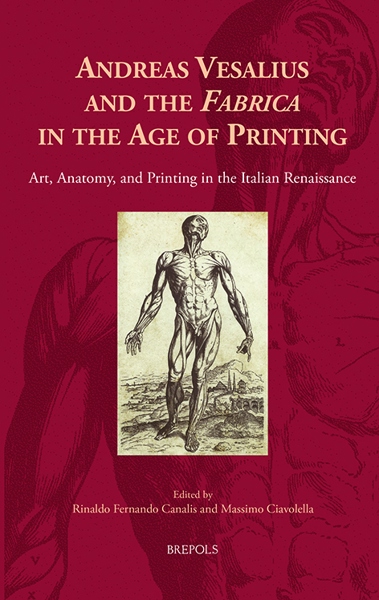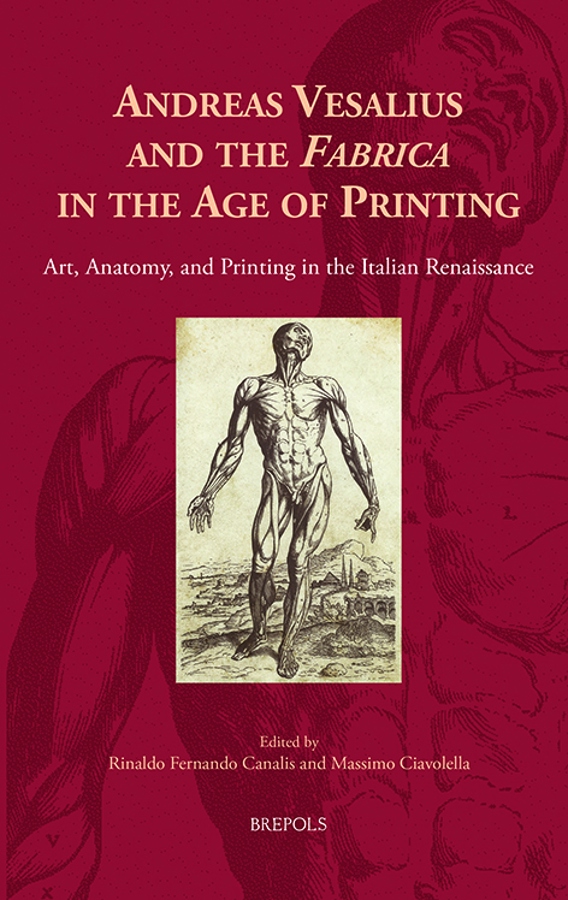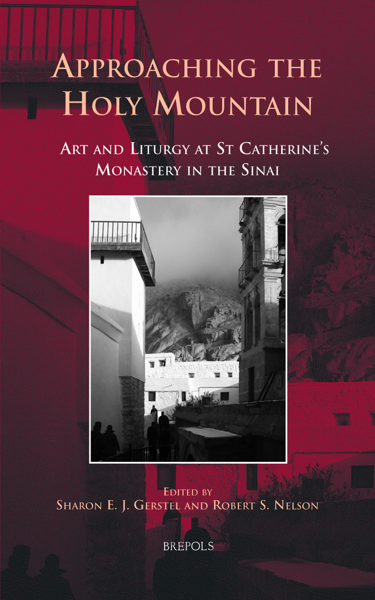
Andreas Vesalius and the 'Fabrica' in the Age of Printing
Art, Anatomy, and Printing in the Italian Renaissance
Rinaldo Fernando Canalis, Massimo Ciavolella (eds)
- Pages: xxiv + 335 p.
- Size:156 x 234 mm
- Illustrations:20 b/w, 73 col., 2 tables b/w.
- Language(s):English
- Publication Year:2018
- € 110,00 EXCL. VAT RETAIL PRICE
- ISBN: 978-2-503-57623-7
- Hardback
- Available
Explores the origins and impact of the most famous book in the history of medical science and a key product of the Italian Renaissance: Andreas Vesalius’s De humanis corporis fabrica (1543).
“Reading this book is fascinating and rewarding: it gives a large amount of new information on anatomical prints and iconography, but places these in context. The indispensable role of Aldus Manutius in the transmission of Galenic knowledge to the 16th century scientists, not the least Vesalius, is clearly demonstrated. The progressive change from a Galenic to an Aristotelian mindset is well documented, as is the rising evidence pointing to the preponderant role of Jan Steven van Calcar in the production of the Vesalian drawings. This book again illustrates the astonishing legacy of Andreas Vesalius in the evolution of anatomy and medical thinking.” (R. Van Hee, in Vesalius, XXV/2, 2019, p. 83)
“(…) the editors and publisher are to be congratulated on the presentation of this book, which is happily free from obvious misprints and includes many high-quality illustrations that are valuable adjuncts to the text.”( W. Randall Albury, in Parergon, 37/1, 2020, p. 231)
Andreas Vesalius’s fame derives from his writing of what is perhaps the most famous book in the history of medical science, De humanis corporis fabrica (1543), a treatise that within a few years transformed the imperfect art of anatomy into a modern science. This extraordinary work, however, came into being not just because of its author’s genius and industry, but for other reasons that remain (despite a vast body of scholarship) inadequately explored.
These questions, the historical moment from which they stem, and the setting in which Vesalius produced the Fabrica, form the core of this volume. Some of these significant factors include the short time during which De fabrica was produced, the debated authorship of its illustrations, and its immediate and subsequent impact on the teaching of anatomy. The book’s significance within the context of present-day views of its historical value, and the ever increasing fascination it evokes among scholars and collectors alike, are also examined.
Introduction — RINALDO CANALIS and MASSIMO CIAVOLELLA
Part I. Venice and Venetian Printing
The Culture of Venice in the Age of Vesalius and the Aldine Press — KENNETH BARTLETT
Aldus Manutius and the World of Venetian Printing — ANGELA MARIA NUOVO
Aldus Manutius` Unfulfilled Dream: Galen`s Journey from Campo Sant` Agostin to Western Culture — LORENZO PERILLI
Part II. Paduan Anatomy and the Fabrica
‘Fair Padua’ as a Centre of Renaissance Anatomy — ANDREW CUNNINGHAM
Jan Steven Van Calcar, c. 1515 – c. 1546, Vesalius` Illustrator — MONIQUE KORNELL
Vesalius Methods in the Production of the Fabrica with Emphasis on the Neuroanatomical Books — RINALDO F. CANALIS
Part III. Anatomy after the Fabrica: Padua and Beyond
Gabrielle Fallopia: Vesalius’ Admirer and First Critic — RINALDO F. CANALIS
Anatomy in Colour: Hieronimus Fabrici ab Aquapendente and the Tabulae Pictae — RAFFAELE DE CARO
Cut, Copy, and English Anatomy: Thomas Geminus and the Reordering of Vesalius Canonical Body — MELISSA LO
Part IV. A Twenty-First-Century Perspective
Vesal `for what he represents’: Vesaliana in William Osler`s Collections — HELENE CAZES
`Habent sua Fata Libelli’ — VICTORIA STEELE
Illuminating the Science of Life — CHRISTINE YOUNG
Index




